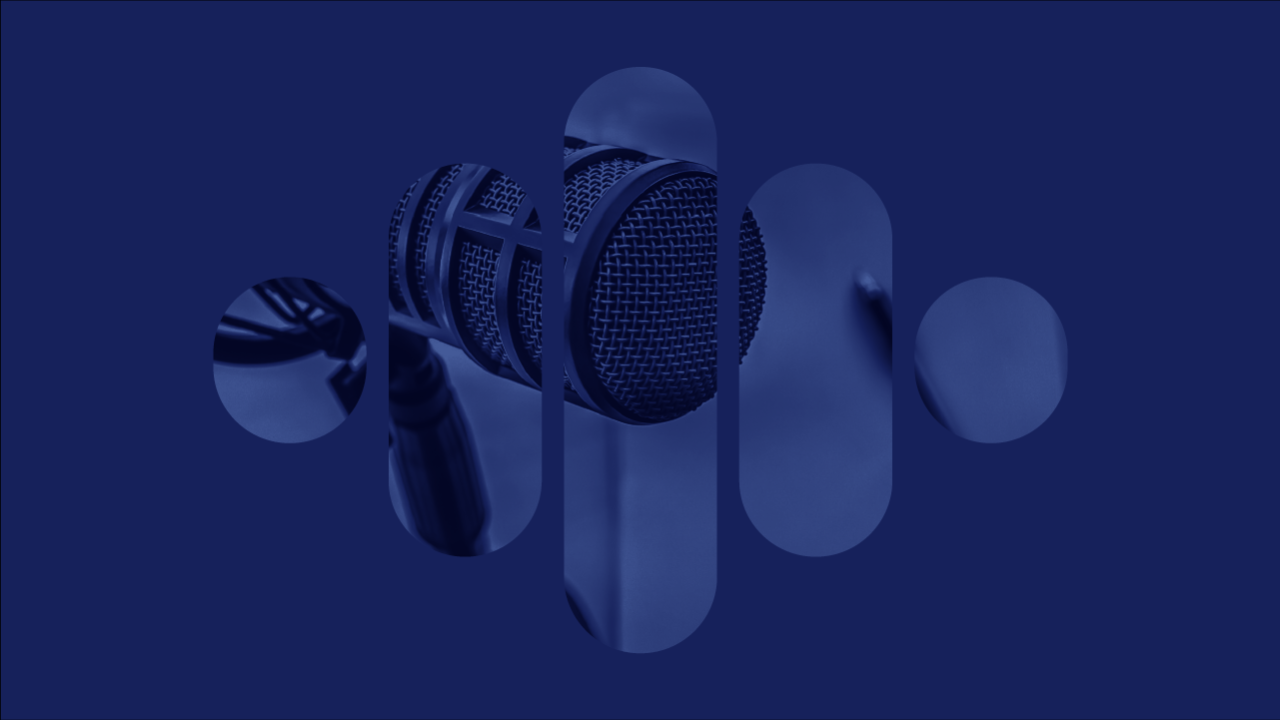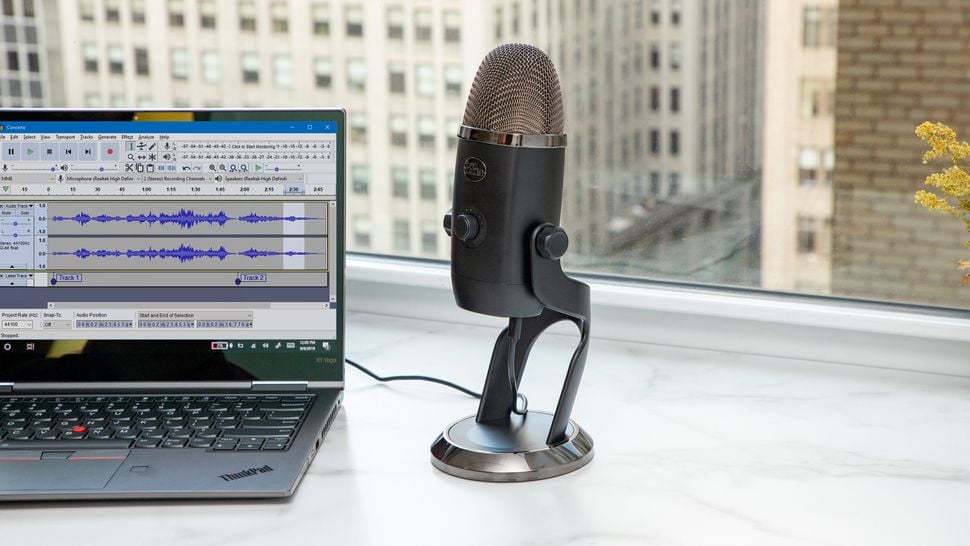The podcasting landscape is no longer a nascent digital frontier; it has erupted into a mainstream media powerhouse. What began as a niche hobby for tech enthusiasts and storytellers has matured into a multi-billion dollar industry, poised for an unprecedented revenue revolution in 2025. This transformation is not merely about more listeners or more shows; it’s a fundamental shift in how value is created, captured, and multiplied within the audio ecosystem. For creators, advertisers, and platforms, the stakes have never been higher. The convergence of sophisticated technology, evolving consumer habits, and innovative monetization strategies is forging a new golden age for audio content. This in-depth analysis will dissect the core engines driving podcasting’s explosive financial growth, providing a clear roadmap for anyone looking to thrive in this dynamic and lucrative arena.
A. The Core Drivers of Podcasting’s Meteoric Financial Ascent
The podcasting revenue boom isn’t happening in a vacuum. It’s the direct result of several powerful, interconnected forces reshaping the media consumption landscape.
A.1. Mainstream Audience Adoption and Diversification
Gone are the days when podcasts catered to a homogenous group of early adopters. Today, podcast audiences are vast, global, and remarkably diverse across age, gender, geographic, and interest demographics. This mass adoption has created a marketer’s dream: a highly engaged audience with varied disposable income and consumption patterns. Advertisers are no longer taking a risk; they are investing in a proven, scalable medium to reach specific consumer segments, from Gen Z gamers to affluent professionals and busy parents.
A.2. The Technological Quantum Leap
Technology is the great enabler of this revolution. Key advancements include:
-
High-Fidelity, Accessible Creation Tools: Professional-grade audio recording and editing software is now affordable and user-friendly, lowering the barrier to entry for high-quality content creation.
-
Ubiquitous High-Speed Connectivity: The global proliferation of 4G/5G networks and WiFi allows for seamless streaming and downloading of audio content, removing friction from the listener’s experience.
-
Integrated Smart Devices: The proliferation of smartphones, smart speakers (Amazon Echo, Google Nest), and in-car infotainment systems has baked podcast listening into the very fabric of daily life, from morning routines to daily commutes.
A.3. The Platform Wars: A Battle for Audio Supremacy
The fierce competition among major platforms like Spotify, Amazon Music, Apple Podcasts, and YouTube is a massive net positive for creators. These corporations are investing billions in exclusive content deals, sophisticated podcasting subsidiaries, and creator-friendly monetization tools. This “arms race” drives innovation, increases content quality, and forces platforms to offer better revenue splits and more attractive features to woo top talent, effectively raising the financial tide for all boats.
A.4. The Listener-Creator Paradigm Shift
Modern audiences, especially younger demographics, crave authentic connection. They are increasingly distrustful of traditional, interruptive advertising. Podcasts foster an intimate “parasocial” relationship where the host feels like a trusted friend. This trust is an incredibly valuable currency. A recommendation from a beloved host carries far more weight than a generic banner ad, leading to significantly higher conversion rates and justifying premium ad pricing.
B. Dissecting the Monetization Engine: Revenue Streams of 2025

The revolution is powered by a diversified portfolio of income sources. The most successful podcasts in 2025 will not rely on a single stream but will expertly blend multiple models.
B.1. Dynamic Programmatic Advertising: The Automated Gold Standard
This is the evolution of the classic host-read ad. Dynamic ad insertion technology allows for ads to be slotted into podcast episodes post-publication. This means ads can be:
-
Targeted: Listener data (geography, device, listening habits) is used to serve relevant ads.
-
Fresh: Ad campaigns can be updated or rotated without re-recording the entire episode.
-
Scalable: Advertisers can buy inventory across thousands of shows simultaneously through automated marketplaces.
While host-read ads retain a premium due to their authenticity, programmatic ads offer unmatched efficiency and scalability, becoming the largest volume driver of ad revenue.
B.2. The Subscription and Premium Content Vanguard
The success of platforms like Patreon demonstrates a powerful truth: audiences will pay directly for content they value. The subscription model is exploding beyond simple ad-free feeds.
-
Tiered Membership: Creators offer bronze, silver, and gold tiers with benefits like bonus episodes, full back-catalog access, exclusive Q&As, dedicated Discord communities, and early video releases.
-
Patreon & Native Platforms: While third-party platforms are popular, Spotify and Apple now offer integrated subscription tools, allowing listeners to support creators directly within their primary listening app, simplifying the process.
B.3. Strategic Branded Content and Partnerships
This moves beyond a simple ad spot into a deep, integrated collaboration. A brand partners with a creator for a multi-faceted campaign, which could include:
-
Hosted Series: A mini-series or a full season dedicated to a topic relevant to the brand, produced with the brand’s support but maintaining the creator’s editorial voice.
-
Product Co-Creation: A podcast known for its coffee expertise might partner with a roastery to create its own blend of coffee, sold to its audience.
-
Live Event Sponsorship: Exclusive sponsorship of a podcast’s live tour, with the brand gaining significant visibility and experiential marketing opportunities.
B.4. The Live Experience: From Earbuds to Real Life
The hunger for connection extends to real-world interactions. Live podcast recordings have become major ticketed events, ranging from small theater shows to massive arena tours. These events generate significant revenue from ticket sales, exclusive merchandise unavailable online, and enhanced sponsorship opportunities. They also strengthen the listener community, fueling further engagement with the core podcast.
B.5. Diversified Content Repurposing and Syndication
A podcast episode is no longer a single-use asset. Savvy creators repurpose content across multiple formats to maximize its value and reach new audiences.
-
Video Podcasts: Publishing the recording on YouTube taps into a massive new audience and unlocks YouTube-specific ad revenue.
-
Transcriptions and SEO Articles: Converting episode content into blog posts drives organic website traffic and creates new inventory for display advertising (e.g., Google AdSense).
-
Social Media Snippets: Creating short, compelling clips for TikTok, Instagram Reels, and YouTube Shorts acts as a powerful funnel to attract new subscribers.
B.6. Affiliate Marketing: The Trust-Driven Revenue Workhorse
This remains a cornerstone of podcast monetization. Because of the high trust quotient, product recommendations and personalized discount codes delivered by hosts convert at exceptional rates. From software and financial services to mattresses and meal kits, affiliate marketing provides a consistent, performance-based income stream that aligns the creator’s success directly with the advertiser’s.
C. Overcoming the Challenges on the Path to Profitability
Despite the immense potential, the path to profitability is not without its obstacles. Acknowledging and strategizing around these challenges is crucial.
C.1. The Discovery and Saturation Dilemma
With millions of podcasts available, discoverability is a primary hurdle for new and mid-sized shows. Cutting through the noise requires a meticulous strategy beyond simply uploading to directories.
-
Podcast SEO (Search Engine Optimization): Optimizing show titles, episode descriptions, and transcriptions with relevant keywords is essential for appearing in search results both within podcast apps and on Google.
-
Cross-Promotion: Collaborating with other podcasts in your niche to promote each other’s shows is one of the most effective growth tactics.
-
Leveraging Existing Platforms: Using a strong social media presence, particularly on visual platforms like YouTube and Instagram, is critical for driving audience discovery.
C.2. Precise and Transparent Measurement Metrics
The industry is moving beyond simple download numbers. Advertisers demand more sophisticated and transparent metrics that prove audience engagement and campaign effectiveness. Key focus areas include:
-
Listener Demographics: Age, gender, income, and location data.
-
Engagement Metrics: Average consumption rate (did they listen to the whole ad?), skip rates, and completion rates.
-
Conversion Attribution: Using trackable promo codes and dedicated URLs to directly measure sales generated from a podcast ad campaign.
C.3. The Content Quality and Consistency Imperative
The market is intolerant of poor audio quality and inconsistent publishing schedules. To build and retain an audience that is willing to pay or engage with ads, creators must invest in decent equipment (microphones, interfaces) and treat their podcast like a media product with a reliable release cadence. Quality and consistency are non-negotiable for monetization.
D. Future-Proofing Your Podcast: Strategies for 2025 and Beyond

To capitalize on this revolution, creators and brands must adopt a forward-thinking approach.
D.1. Prioritize Community Building
Your audience is your most valuable asset. Foster a community through dedicated social media groups (e.g., Facebook Groups, Discord servers), live listener calls, and real-world meetups. A dedicated community provides instant feedback, content ideas, and a built-in market for your products, events, and subscriptions.
D.2. Embrace an Omnichannel Content Strategy
Do not exist solely within a podcast app. Your presence should be omnichannel. Be on YouTube, be on Instagram, have a website with transcribed content, and be on TikTok. Each platform serves as a funnel, repurposes content, and creates additional revenue streams.
D.3. Develop a Niche Expertise
While broad topics have large audiences, highly specific niches often have more dedicated and monetizable communities. Becoming the leading authority on a specific topic (e.g., “history of the Byzantine Empire,” “sustainable gardening in arid climates”) makes you indispensable to your listeners and incredibly attractive to relevant advertisers.
D.4. Explore Emerging Technologies: Voice AI and Interactive Content
Stay ahead of the curve by experimenting with new technologies.
-
Voice AI: Tools are emerging that can clone a host’s voice for dynamic ad reads or even generate AI-powered show notes and summaries, freeing up creator time.
-
Interactive Content: Explore formats that allow for listener interaction, such as choose-your-own-adventure style narratives or live polls during recordings, to deepen engagement.
Conclusion: Seizing Your Share of the Audio Future
The podcasting revenue revolution of 2025 is a paradigm shift from a cottage industry to a sophisticated, multi-faceted economic engine. The opportunities for monetization are more diverse and powerful than ever before. Success will not be found in simply starting a podcast, but in strategically leveraging a mix of advertising, subscriptions, live events, and repurposed content, all while building a genuine, trusted relationship with a dedicated audience. The microphone is on, the audience is listening, and the gold rush is underway. The question is no longer if there is money in podcasting, but how you will innovate to claim your share of it. The future of audio is bright, loud, and profoundly profitable.









